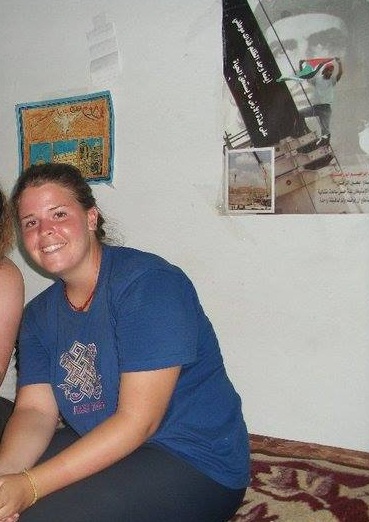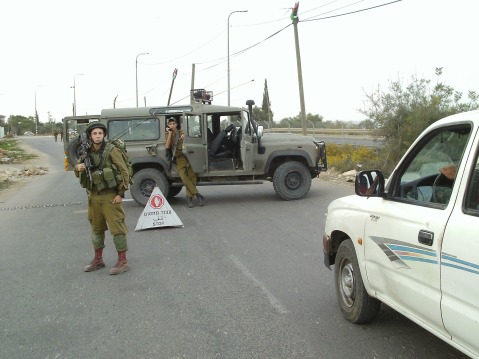Tag: Izbet Tabib
-
UPDATED: ISM honors Kayla Mueller
9th February 2015 | International Solidarity Movement | Occupied Palestine Update 10th February 2015: Today, 10th February, Kayla Mueller’s family confirmed she has been killed. Abdullah Abu Rahma, coordinator of the popular committee in the village of Bil’in where Kayla joined the protests, told ISM: “Kayla came to Palestine to stand in solidarity with us. She marched with…
-
Almost three out of four houses in Izbat at Tabib are at risk of demolition
8th May 2014 | International Solidarity Movement, Nablus Team | Izbat at Tabib, Occupied Palestine Izbat at Tabib, a small town of approximately 300 people located in the northwest of the West Bank, has 33 houses with demolition orders pending. The town totals 45 houses, this means that the demolition orders could destroy over 73% the town.…
-
Continuing harrassment of Izbat Tabib village
25th November 2013 | International Solidarity Movement, Nablus Team | Izbat Tabib, Occupied Palestine Yesterday, November 24th, Israeli soldiers blocked the road at the entrance to Izbat Tabib and entered the village on three separate occasions during the night, firing tear gas canisters and intimidating residents. At approximately 14:30, a military jeep carrying four soldiers set…



